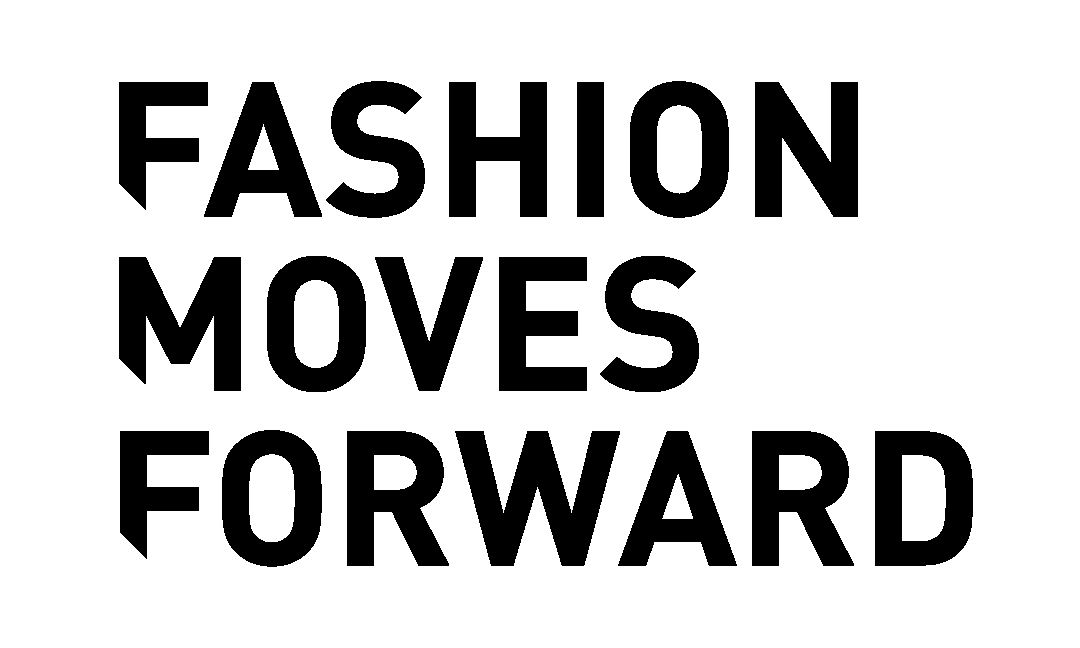The Problem with Fashion Elitism
I first started getting into fashion around three years ago, in my final year of high school. Being a student, my budget was limited, along with my knowledge – to be perfectly honest, I didn’t even have much of a sense of style, at least in terms of what looked good. My go to outfit was a Tommy Hilfiger hoodie, a pair of I Love Ugly Zespys and some potentially knock-off Roshes; not exactly what one would call fashionable in hindsight, but I liked it, and at the time I thought it looked good. That was the case until I discovered my first proper designer item.
The item in question was one of Helmut Lang’s iconic denim jackets, archival, from 1999, and, looking back, a steal at only $150 NZD (Australian Dollar) . I had found the jacket on a New Zealand facebook group dedicated to designer clothing, a group that I have since acquired almost every single one of my pieces through. I knew I wanted the jacket as soon as I saw it, but I was intimidated, both by the price and by the piece itself. I didn’t know what raw denim was, and I had no idea who the designer was beyond the name, something that at the time made me feel out of place and unfit to purchase the piece. I was unknowledgeable and uncertain within the group community, unwilling to partake in any discussion or offer any opinion just to be shown up and humiliated.
Now, several years later and many facebook groups later, I no longer experience the trepidation I once did, though I witness it frequently. You see, as much as I enjoy the fashion world and its products, it continues to be unreachable to most and thus, intimidating. I am not referring to the brands themselves – advertising is fundamentally about reaching people, and one would be hard pressed to find an industry with more exposure than the fashion industry – but rather to the world that surrounds them, the gentleman’s clubs whose members are devotees, diehards even, of their favorite designers. Raf Simons, Helmut Lang, Yohji Yamamoto – any cloth-surgeon of any renown has their own personal following, just as all artists do. The difference though is that few other fan bases seem as willing to bestow scorn upon newcomers as those in fashion are.
Let’s use Raf as an example: in the past two years the work of the Belgian designer (predominantly his archival collections) have skyrocketed in popularity, attracting scores of new fans, including myself. The problem is not the new fans however – with the possible exception of the affectionately named hypebeast – but the old, those who see these newcomers as a threat to the sanctity of their club, pagans come to defile the altar of archive Raf at which they pray. Time and time again I have witnessed newcomers’ attempts to gain information and understanding be met with derision and vitriol.
Exactly why this is so can only be answered by the individuals themselves, but one possibility is that it is based on exclusivity and the prestige associated with this exclusivity. To an extent I understand this, as everybody – at least everybody who will admit it – takes a certain sense of pride in having or knowing something that others don’t, something that makes them stand out as an individual, and this is only exacerbated in fashion, where there is legitimate prestige accompanying that which is rare or limited: it’s the reason David Casavant has gained such notoriety, and why websites like Grailed exist in the first place. Couple that with the fact that ‘mainstream’ has effectively become synonymous with ‘uncool’ and you can see why certain people may respond with indignation, particularly if it concerns something that they have been interested and invested in for many years. For a comparison you have only to look at the recent profusion of rock and metal tees being worn by celebrities and fashion enthusiasts; ‘I bet they can’t name three of their albums’ may be meme-worthy at this point, but the essence of it is the same as a Raf fan saying something like ‘I bet you don’t even know whose picture is on the Riot Riot Riot camo bomber’.
Admittedly this attitude is only present in a small section of the community, and it would be wrong to write these words without adding that I have also encountered many instances of people openly and freely offering their knowledge and expertise to those less enlightened. Michael Kardamakis, the man behind archival online retailer ENDYMA, and owner of possibly the world’s largest collection of vintage Helmut Lang, is forever forthcoming with his encyclopedic knowledge, offering it not as a show of superiority, but in the interests of those who are similarly interested.
Super-fans and snobbery have always existed, and to assume that this is a phenomenon exclusive to fashion would be shortsighted and naïve, and I freely admit that I am not the first to notice or even comment upon it, but it is a problem. I understand and sympathize with those who perceive a disingenuous interest in their hobby from newcomers, as there could possibly be nothing more frustrating than watching a hungry horde drive up the price (and drive down the availability) of/something you were legitimately passionate about just because they saw it on Travi$ Scott or A$AP Rocky. That being said, as fans and consumers of fashion I believe we have a responsibility to diminish the industry and community’s reputation and public perception of elitism, something that this sort of proud, high-horsed behavior only reinforces. High fashion may not be for everyone, and there is nothing wrong with that, but belittling and abusing those who are new to it merely for knowing less than you is both narrow-minded and pretentious, neither of which are qualities one should aspire to.
